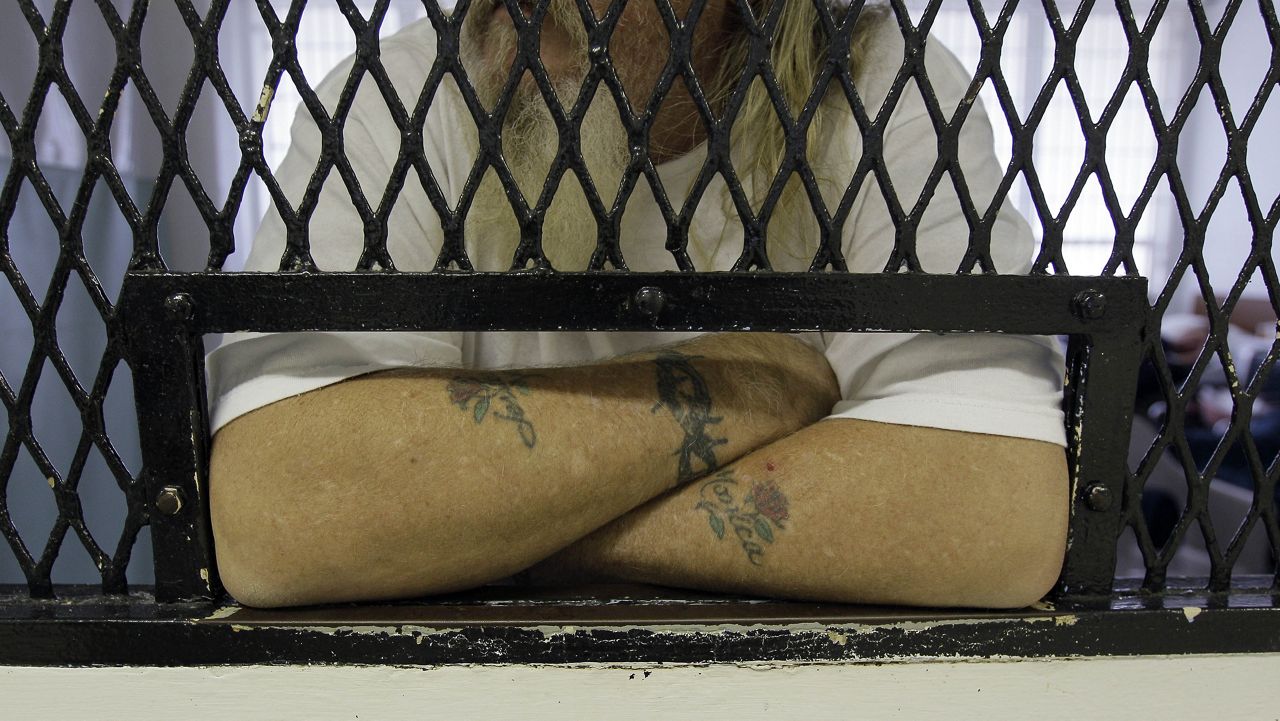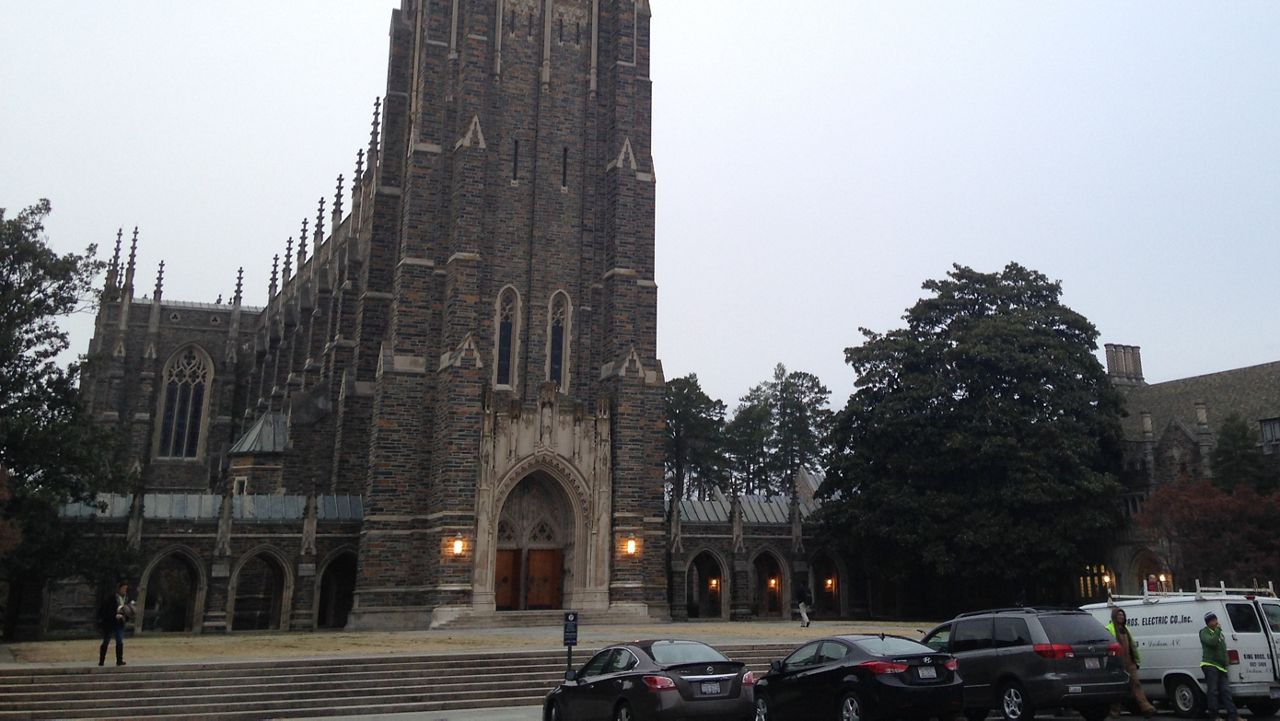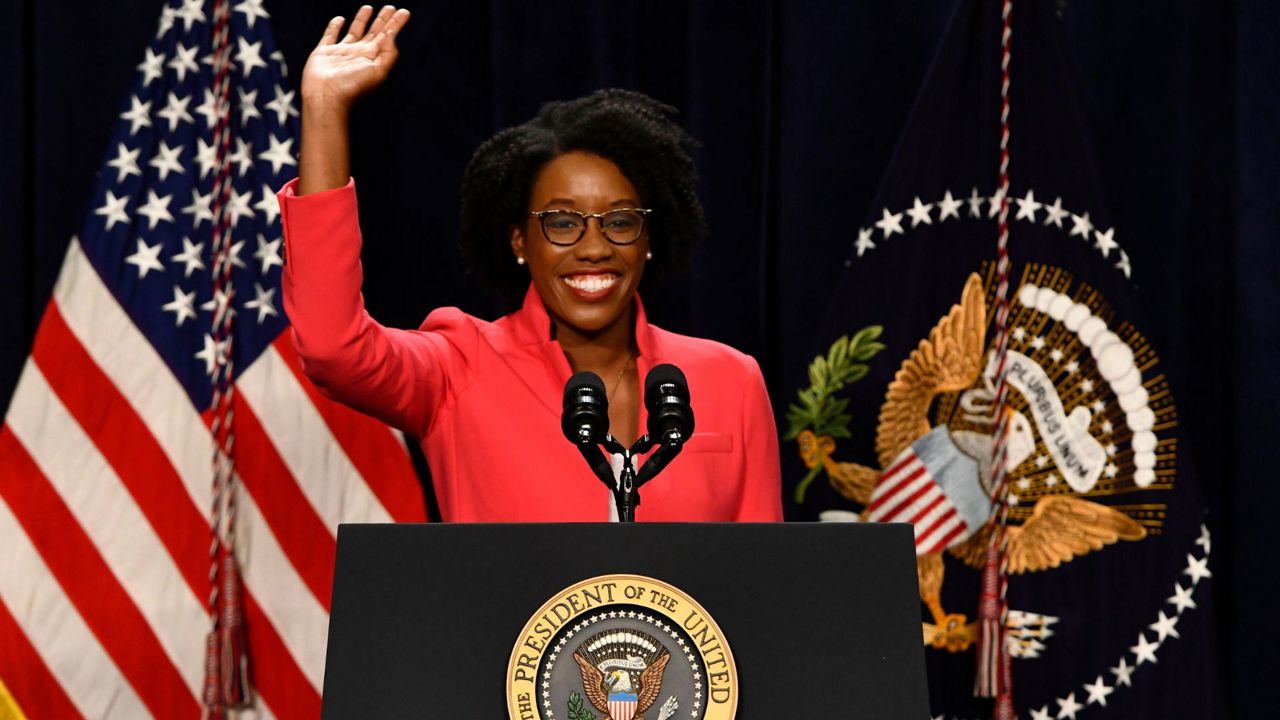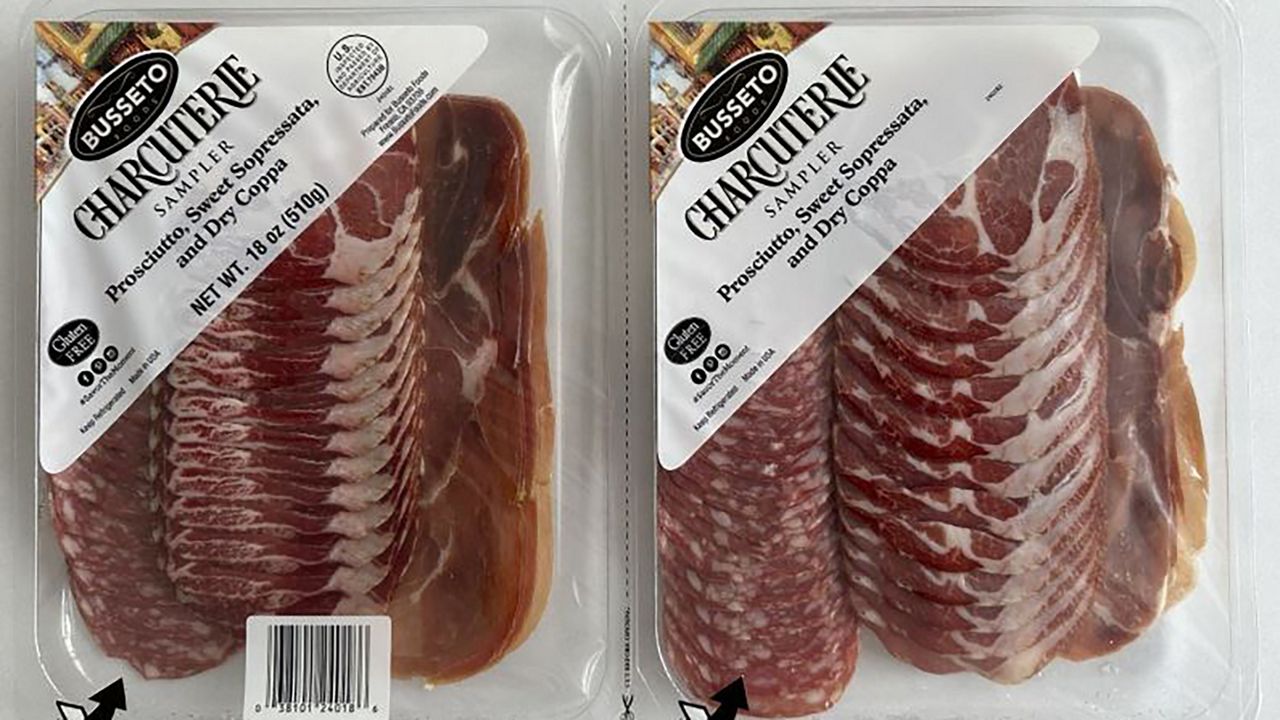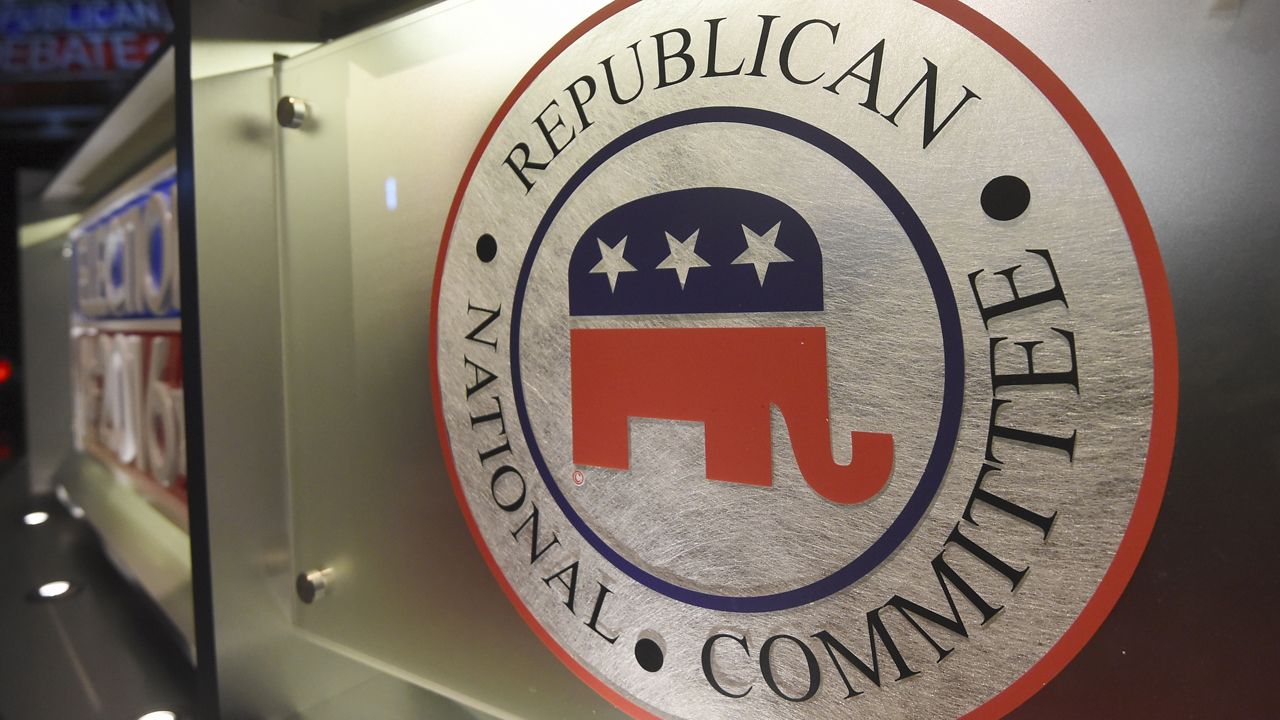
The richest contract from each year of NFL free agency
Free agency continues to produce monster deals, with numerous position-record contracts being handed out since the roster-building avenue opened in 1993. A host of teams have made major market mistakes as well. As the NFL begins its 30th year of full-fledged free agency, here are the biggest contracts from each of the first 29. Only deals given to players who changed teams qualify here.
1 of 29
2021: Kenny Golladay, New York Giants
 Mark J. Rebilas-USA TODAY Sports
Mark J. Rebilas-USA TODAY Sports
Byron Jones signed for more total dollars, but the Buccaneers won the Brady sweepstakes partially because of a fully guaranteed two-year deal worth $50 million. Brady’s $25M-per-year salary dwarfed Jones’, though the latter did raise the cornerback bar a bit. Signing a 43-year-old QB worked wonders for the Bucs, who snapped a 12-year playoff drought and won three road postseason games (albeit in largely empty stadiums) en route to a home Super Bowl title. Brady drove other snazzy additions, turning Tampa into a destination and continuing to put up numbers into his mid-40s. The bill is already due here; the Bucs will eat a lot of dead money after Brady’s exit.
3 of 29
2019: Trey Flowers, Detroit Lions
 Raj Mehta-USA TODAY Sports
Raj Mehta-USA TODAY Sports
The Jaguars gave Nick Foles more in total money, but the sides redoing the QB’s deal after one year — after a trade to the Bears — reduced that contract’s value. Even when Flowers signed his five-year, $90 million deal, his guaranteed money ($56M) outpaced Foles’. Flowers parlayed his Patriots production and connection to then-Lions coach Matt Patricia into a monster deal but could not live up to it. Injuries and low sack totals followed the edge rusher’s Detroit deal, which the team’s new regime is set to shed. Flowers still does not have an eight-sack season in seven years.
4 of 29
2018: Kirk Cousins, Minnesota Vikings
 Jeffrey Becker-USA TODAY Sports
Jeffrey Becker-USA TODAY Sports
Cousins became a rare Pro Bowl-caliber quarterback in his prime to hit free agency, using the franchise tag system to reach the market. After playing on two Washington tags, Cousins signed a historic contract — three years, $84 million. Not only was that a QB salary record at the time; the deal was fully guaranteed. Cousins used the Jets as leverage to push the Vikings to this price point, with other teams also connected to the former fourth-round pick in this pursuit. Cousins has only quarterbacked the Vikings to one playoff berth in four seasons, but he signed for more money ($33M per year) in 2020. He is signed through 2022.
5 of 29
2017: Calais Campbell, Jacksonville Jaguars
 Douglas DeFelice-USA TODAY Sports
Douglas DeFelice-USA TODAY Sports
A two-team race led to the ex-Cardinals Pro Bowler choosing the more lucrative offer, as this game usually goes. Campbell made a big difference for a downtrodden team. The Jaguars outbid the Broncos by giving the 6-foot-8 defensive end a four-year deal worth $60 million. Jacksonville guaranteed Campbell, a Denver native, $30M to keep him from heading home. Despite Campbell being 30 when he signed, he made his first All-Pro team in 2017 and powered the Jags’ “Sacksonville” D-line to the cusp of Super Bowl LII. Campbell spent three seasons with the Jags, making three Pro Bowls before a rebuild led to his 2020 trade to the Ravens.
6 of 29
2016: Olivier Vernon, New York Giants
 Robert Deutsch-USA TODAY Sports
Robert Deutsch-USA TODAY Sports
Although the Texans’ regrettable Brock Osweiler contract featured slightly more money per year, Vernon led the way in guarantees and total value. The Giants gave the former Dolphins defensive end a five-year, $85 million deal that came with $52 million guaranteed. Vernon teamed with Jason Pierre-Paul to form a solid edge-rushing duo, helping the Giants to the playoffs in 2016. But the Giants declined soon after and included Vernon in 2019’s Odell Beckham Jr. trade. Vernon played the final two years of the contract with the Browns, teaming with Myles Garrett. An Achilles injury late in the 2020 season ended that run.
7 of 29
2015: Ndamukong Suh, Miami Dolphins
 Doug Murray/Icon Sportswire
Doug Murray/Icon Sportswire
For a season, the Dolphins had Vernon, Suh, and Cameron Wake on their defensive line. Suh’s mammoth contract was a reason the Dolphins let Vernon walk. In 2015, Miami swooped in with a market-reshaping six-year, $114 million deal for Suh, who was one of the top defenders to ever hit free agency. The Dolphins guaranteed Suh $77M on this $19M-per-year pact, one that shaped the Broncos’ 2016 negotiations with Von Miller. Landing his then-record deal because he hit the market, the ex-Lions D-tackle played three seasons with the Dolphins, who made him a cap casualty in 2018. Suh made one Pro Bowl as a Dolphin, but team success proved elusive.
8 of 29
2014: Aqib Talib, Denver Broncos
 Marc Piscotty/Icon Sportswire
Marc Piscotty/Icon Sportswire
Talib became the rare free agent to play out a six-year contract. The deal’s first chapter helped form a storied defense. After ending their 10-year Champ Bailey partnership, the Broncos pulled an offer to Dominique Rodgers-Cromartie and gave Talib a six-year, $57 million deal. Talib followed Wes Welker in migrating from New England to Denver and delivered his best work on the deal, going 4-for-4 in Pro Bowls as a Bronco. He teamed with ex-college teammate Chris Harris to form Denver’s No Fly Zone secondary, which helped the team win Super Bowl 50. The Broncos traded Talib to the Rams in 2018, and the physical corner aided them to Super Bowl LIII.
9 of 29
2013: Mike Wallace, Miami Dolphins
 Richard C. Lewis/Icon Sportswire
Richard C. Lewis/Icon Sportswire
With Miami a destination city and Florida lacking a state income tax, the Dolphins have doled out many splashy contracts. One came in 2013 when they lured Wallace from Pittsburgh with a five-year, $60 million deal. The Steelers frequently produce quality receivers and let them walk in free agency, and the speedy Wallace cashed in. Like most of the Dolphins’ flashy deals in the Stephen Ross ownership era, Wallace’s did not pan out. The Ryan Tannehill target did not clear 1,000 yards in his two Dolphins seasons, and the team traded him to the Vikings for merely a fifth-round pick in 2015.
10 of 29
2012: Peyton Manning, Denver Broncos
 Rich Gabrielson/Icon Sportswire
Rich Gabrielson/Icon Sportswire
Ten years before they acquired Russell Wilson, the Broncos pounced on an unexpected opportunity to make a historic quarterback upgrade. The Colts cut Manning on March 7; he made the Broncos his first visit on March 9. Although nearly half the league pursued the then-35-year-old QB, the Broncos won out. Money did not factor in much here, but the Broncos paid up with a five-year, $96 million pact with $58M guaranteed. Manning also visited the Titans, Cardinals, and Dolphins, and he worked out for the 49ers. Denver’s sweepstakes win led to four straight playoff byes, two Super Bowls, and Manning’s record fifth MVP honor.
11 of 29
2011: Nnamdi Asomugha, Philadelphia Eagles
 Cliff Welch/Icon Sportswire
Cliff Welch/Icon Sportswire
Like the recent MLB pause, a lockout halted the 2011 NFL offseason. When a new CBA was ratified that July, it ignited a transaction frenzy as training camps were opening. Asomugha’s deal stood out in that late-summer madness, signing for five years and $60 million with $25M guaranteed. Trying to form what was dubbed a “Dream Team” around a rejuvenated Michael Vick, the Eagles added the likes of Rodgers-Cromartie, Evan Mathis, Jason Babin, and Cullen Jenkins. An ex-Raiders lockdown corner, Asomugha floundered after being that summer’s biggest fish. The Eagles released him after two seasons, their all-in push faceplanting.
12 of 29
2010: Julius Peppers, Chicago Bears
 Jeff Lewis/Icon Sportswire
Jeff Lewis/Icon Sportswire
A failure to agree on a new CBA led to 2010 being uncapped, thinning free agency’s talent pool. With would-be free agents suddenly not having sufficient service time to qualify, this market skewed toward older veterans and street free agents. Peppers would have cashed in regardless, and he scored a record-setting deal — six years, $91.5 million, $42M guaranteed. The Panthers used their franchise tag on Peppers in 2009 and made him an offer, but the Bears topped it to land one of the NFL’s premier sack artists. The athletic D-end went 3-for-3 in Pro Bowls as a Bear, helping them to the 2010 NFC title game. But the team shed this lofty contract in 2013.
13 of 29
2009: Albert Haynesworth, Washington
 Cliff Welch/Icon Sportswire
Cliff Welch/Icon Sportswire
Often used as the visual for free agency blunders, Haynesworth burned Washington after signing a seven-year, $100 million megadeal. The Titans kept the talented defensive tackle off the market in 2008 by franchise-tagging him but did not push to keep him in ’09. Washington’s bid, which included a record-setting $41 million guarantee, won out amid a frenzied market. Haynesworth bombed spectacularly. Twice an All-Pro in Tennessee, Haynesworth became trapped in a 3-4 scheme and checked out. Poor conditioning and clashes with Mike Shanahan led Haynesworth out of Washington by 2011, via a trade to the Patriots, who cut him months later.
14 of 29
2008: Javon Walker, Oakland Raiders
 Jeff Lewis/Icon Sportswire
Jeff Lewis/Icon Sportswire
Free agency regularly rewards second-tier players with first-tier contracts, and Clements represents one of its financial success stories. The former Bills cornerback signed for a then-defender-record $80 million on an eight-year 49ers contract. A one-time Pro Bowler in Buffalo, Clements scored this deal despite having already played six seasons, the sixth of which on the franchise tag. A contract stipulation prevented the Bills from tagging Clements again, leading to a four-year 49ers stay. Clements suffered an injury in 2010, and the 49ers moved on. The talented defender finished out a 12-year career with two Bengals seasons.
16 of 29
2006: Drew Brees, New Orleans Saints
 Chuck Cook-USA TODAY Sports
Chuck Cook-USA TODAY Sports
Brees’ December 2005 shoulder injury marks a pivot point on the NFL timeline. The Chargers, who franchise-tagged their starter in 2005, began the Philip Rivers era as a result. This ignited a Dolphins-Saints race for Brees, who signed a six-year, $60 million deal with New Orleans. This came after the Dolphins’ medical staff had issues with Brees’ shoulder, leading the Nick Saban-led team to trade for Daunte Culpepper instead. Brees, who joined Sean Payton in coming to New Orleans in 2006, signed four more Saints contracts in a 15-year tenure. The once-inconsistent Charger became easily the best free agency addition in NFL history.
17 of 29
2005: Ken Lucas, Carolina Panthers
 Jesse Beals/Icon Sportswire
Jesse Beals/Icon Sportswire
Lucas became part of some quality Panthers defenses, signing a six-year deal worth $36 million to join Carolina. An ex-Seahawks second-round pick, Lucas cashed in after a six-interception season in 2004. He picked off eight passes for the Panthers in ’05 as well, adding the final two in the playoffs to help his new team to the NFC title game — a loss in Seattle. Lucas gave the Panthers 59 starts over four seasons. They cut him after the 2008 campaign, one that began after Steve Smith sucker-punched him in practice, leading to nose surgery. Lucas finished his career back in Seattle in 2009.
18 of 29
2004: Jevon Kearse, Philadelphia Eagles
 Hunter Martin/Getty Images
Hunter Martin/Getty Images
The Eagles landed the top free agent in 2004 when the ex-Titans star signed an eight-year, $66 million pact that included $20M guaranteed. Kearse played five years with the Titans, setting the rookie sack record in 1999, and the Eagles outflanked the Bears and Seahawks for the defensive end in free agency. The Eagles ventured to Super Bowl XXXIX that year when they added both Kearse and Terrell Owens, but Kearse did not make a Pro Bowl in four Philadelphia seasons. He registered just 3.5 sacks in 2007, after missing much of the 2006 season with an injury. Kearse returned to the Titans in 2008.
19 of 29
2003: David Boston, San Diego Chargers
 Matt A. Brown/Icon Sportswire
Matt A. Brown/Icon Sportswire
One of the biggest wide receivers in NFL history, Boston broke out with the Cardinals in the early 2000s. This included a 2001 All-Pro nod when he led the NFL with 1,598 receiving yards. The Cardinals, however, let Boston walk in 2003; he signed a seven-year, $47.4 million Chargers deal. The musclebound pass-catcher checked in at around 240 pounds with the Bolts, who immediately regretted the contract. After one season (880 yards in 14 games), the Chargers dealt him to the Dolphins for a conditional draft pick and a player to be named later. Boston suffered a knee injury in 2004 and played just one more season.
20 of 29
2002: Jeremiah Trotter, Washington
 Jamie Squire/Getty Images
Jamie Squire/Getty Images
Splurging again, Washington poached one of its rivals’ top players by signing Trotter to a seven-year, $36 million deal. A Pro Bowler in 2000 and ’01 with the Eagles, the acclaimed middle linebacker became a free agent after Philly rescinded his franchise tag in April 2002. Washington was involved in a similar transaction 14 years later, when a Panthers rescinded tag led Josh Norman to D.C. Trotter’s deal also did not work out. Washington, which signed Trotter to form an elite linebacking crew with LaVar Arrington and Jessie Armstead, cut bait after two seasons. Back with the Eagles in 2004, Trotter made the next two Pro Bowls.
21 of 29
2001: Simeon Rice, Tampa Bay Buccaneers
 Joseph Patronite/Getty Images
Joseph Patronite/Getty Images
The Bucs paid up and won big with this move. Showing supreme sack abilities in five Cardinals seasons, the last of which on a franchise tag, Rice signed a five-year Bucs deal worth $41 million. With the salary cap at $67 million in 2001, Rice became the league’s first $8M-per-year defender. It worked out, with the edge rusher complementing Warren Sapp to lay the foundation for the 2002 Bucs’ dominance. Rice recorded 15.5 sacks in 2002 and added four more in the playoffs, leading a loaded defense that drove Tampa Bay to its first Super Bowl title. Rice signed another Bucs deal and recorded 69.5 sacks in six Tampa seasons.
22 of 29
2000: Deion Sanders, Washington
 Joe Robbins/Icon Sportswire
Joe Robbins/Icon Sportswire
For big-name additions, nothing tops Washington’s 2000 offseason. Dan Snyder wrote checks to Bruce Smith, Andre Reed, Jeff George, and Mark Carrier that year. His biggest payment went to Sanders, who signed a seven-year, $56 million contract to leave Dallas for D.C. This move did not come until June; “Prime” spent weeks with the Cincinnati Reds Triple-A affiliate (the Louisville RiverBats) that year. Washington rostered three Hall of Fame-bound cornerbacks in 2000 — Sanders, Darrell Green, and Champ Bailey — but still went 8-8. Sanders retired at 33 after what he viewed as a down season. He re-emerged with the Ravens in 2004.
23 of 29
1999: Dale Carter, Denver Broncos
 Brian Bahr/Allsport/Getty Images
Brian Bahr/Allsport/Getty Images
Sneakily one of free agency’s worst deals, Carter joined the then-two-time defending Super Bowl champions on a four-year, $22.8 million pact. A standout in seven Chiefs seasons, Carter defected to their top rivals but could not deliver. The four-time Pro Bowler played just one season in Denver. A drug suspension shelved Carter for all of the 2000 slate; the Broncos cut him in 2001. The Broncos, who released Hall of Fame-bound safety Steve Atwater a day after Carter’s signing, went 6-10 in 1999. Carter resurfaced and played until 2005 but settled in as a role player post-Denver.
24 of 29
1998: Sean Gilbert, Carolina Panthers
 Craig Jones/Allsport/Getty Images
Craig Jones/Allsport/Getty Images
This deal proved too rich for Washington, a rarity, and ended an unusual saga. Washington acquired Gilbert from the Rams in 1996 and franchise-tagged the defensive lineman in ’97. Incensed, Gilbert took the team to court and sat out the 1997 season, forming a blueprint for Le’Veon Bell decades later. Washington won the case and tagged Gilbert again in 1998. But the Panthers came in with a seven-year, $46.5 million offer sheet, which Washington did not match. Because Gilbert was tagged, Carolina sent Washington two first-rounders (one of those was sent to the Saints in 1999’s Ricky Williams trade). Gilbert played five Panthers seasons but did not return to the Pro Bowl.
25 of 29
1997: Chad Brown, Seattle Seahawks
 Stephen Dunn/Getty Images
Stephen Dunn/Getty Images
A year after Kevin Greene departed the “Blitzburgh” defense, the Steelers let Brown defect to Seattle. Following a breakout in 1996, in which Brown notched 13 sacks and landed an All-Pro honor, the outside linebacker signed a six-year, $24 million contract. Brown excelled in Seattle, too, playing eight years with the Seahawks and earning an extension (five years, $28.5M) in 2002. A hybrid player used often as a rusher, Brown brought a versatile game with Seattle, being a steady sack threat while accumulating tackles. He recorded 106 tackles and 8.5 sacks in 2001 and was one of the top Mike Holmgren-era Seahawks.
26 of 29
1996: Neil O’Donnell, New York Jets
 Al Bello/Allsport/Getty Images
Al Bello/Allsport/Getty Images
Five years and $25 million does not sound like much for a quarterback now, but on a $40M salary cap in 1996, it was high-end cash. The Jets brought O’Donnell over after a four-year run as the Steelers’ starter, one that culminated in a rough Super Bowl XXX performance. A New Jersey native, O’Donnell joined a reloading Jets team, which signed tackle Jumbo Elliott and drafted Keyshawn Johnson No. 1 overall in 1996. This partnership failed. O’Donnell went down early in a 2-14 season, and although he had Gang Green at 9-7 in Bill Parcells’ first year in 1997, the Jets cut him after a 1998 contract dispute.
27 of 29
1995: Alvin Harper, Tampa Bay Buccaneers
 Jed Jacobsohn/Getty Images
Jed Jacobsohn/Getty Images
A 1991 first-round pick, Harper is best known as Michael Irvin’s Dallas wingman. The deep threat played a crucial role for the Cowboys’ first two Super Bowl teams in the 1990s. He opted to cash in, signing a four-year deal worth $10 million in free agency’s third year. This Buccaneers pact came after the Steelers extended Harper a three-year, $4M offer sheet as a restricted free agent in 1994. The young wideout opted to stay in Dallas to bolster his stock. Financially, it worked. But the Bucs were a bit off the Cowboys’ level. Harper played two seasons in Tampa, being released after diminished production in Tony Dungy’s first season.
28 of 29
1994: Scott Mitchell, Detroit Lions
 Focus on Sport/Getty Images
Focus on Sport/Getty Images
Mitchell capitalized on Dan Marino’s Achilles injury in 1993, parlaying his first NFL playing time into a three-year, $11 million Lions deal. Mitchell stopped a revolving door in Detroit. Erik Kramer and Rodney Peete left in free agency, while ex-top-10 pick Andre Ware had not worked out. Mitchell drew scrutiny, but he did pilot the Lions to two playoff berths and help Herman Moore to three straight All-Pro teams. In 1995, Mitchell threw 32 TD passes, with Moore and Brett Perriman each eclipsing 1,400 receiving yards. The Lions gave their southpaw QB another contract in 1997 (four years, $21M); he played five seasons in Detroit.
29 of 29
1993: Reggie White, Green Bay Packers
 Cliff Welch/Icon Sportswire
Cliff Welch/Icon Sportswire
After a court ruling opened the free agency floodgates, White anchored the first class. White was 31 when he hit the market but was coming off six straight All-Pro seasons with the Eagles. White visited the Browns, Jets, Lions, Falcons, Washington, and the Packers. Green Bay signed the superstar defensive end to a four-year, $17 million deal. A 1993-only rule restricted teams that qualified for the 1992 AFC and NFC title games from the same free agency access the other teams enjoyed, limiting the likes of Dallas, Buffalo, and San Francisco. Green Bay benefited from missing the 1992 playoffs. White was 7-for-7 in Pro Bowls as a Packer, bolstering his legendary legacy with a dominant Super Bowl showing and laying the foundation for future stars’ free agencies.







